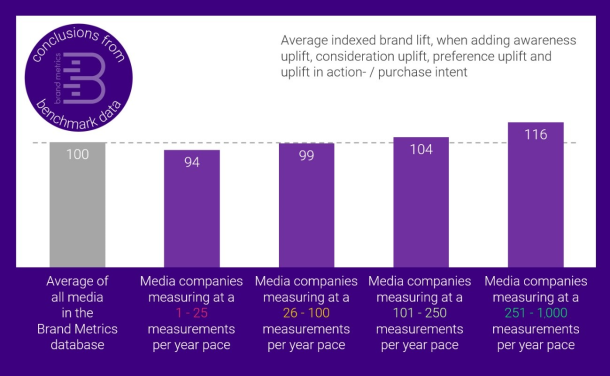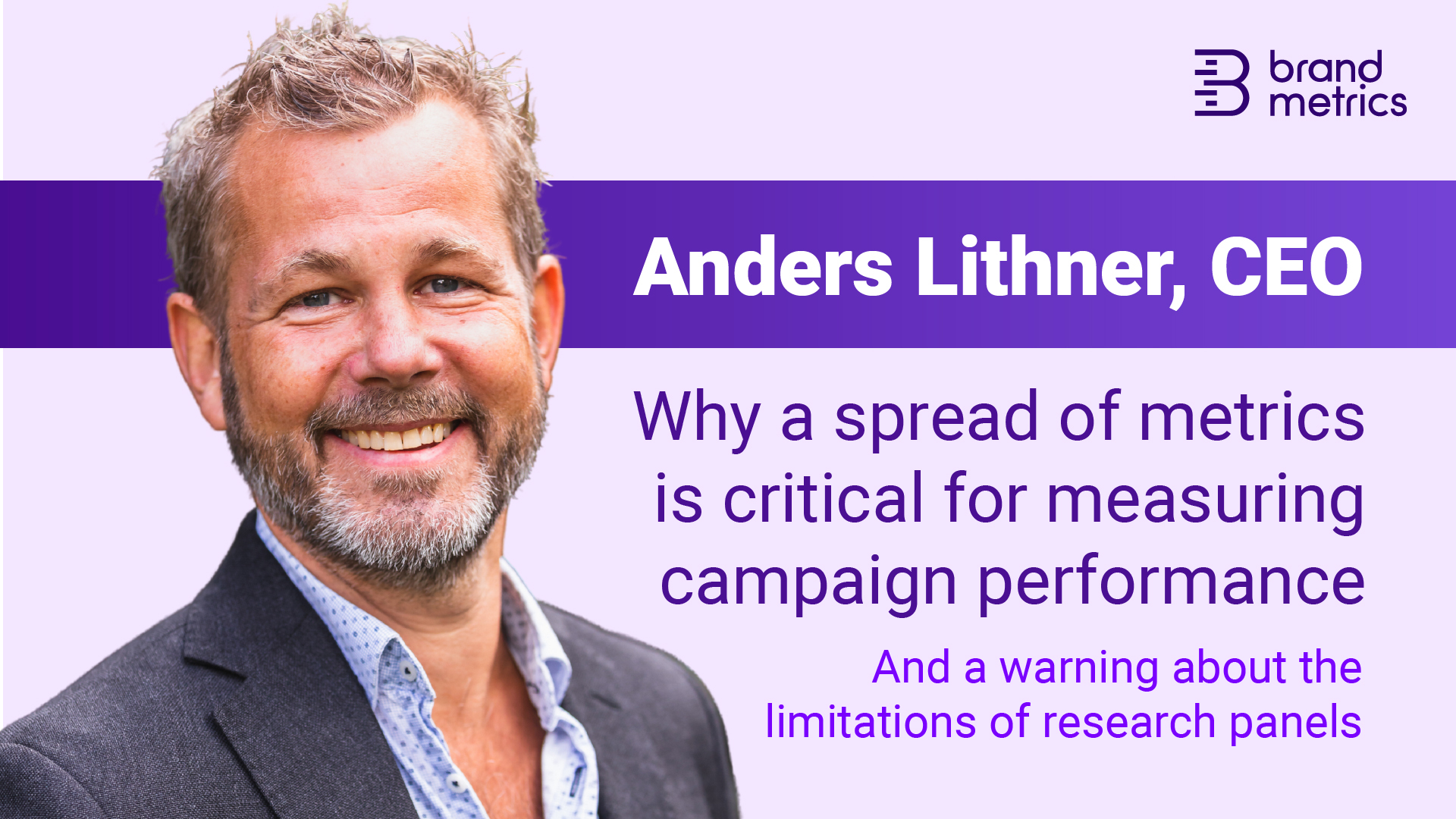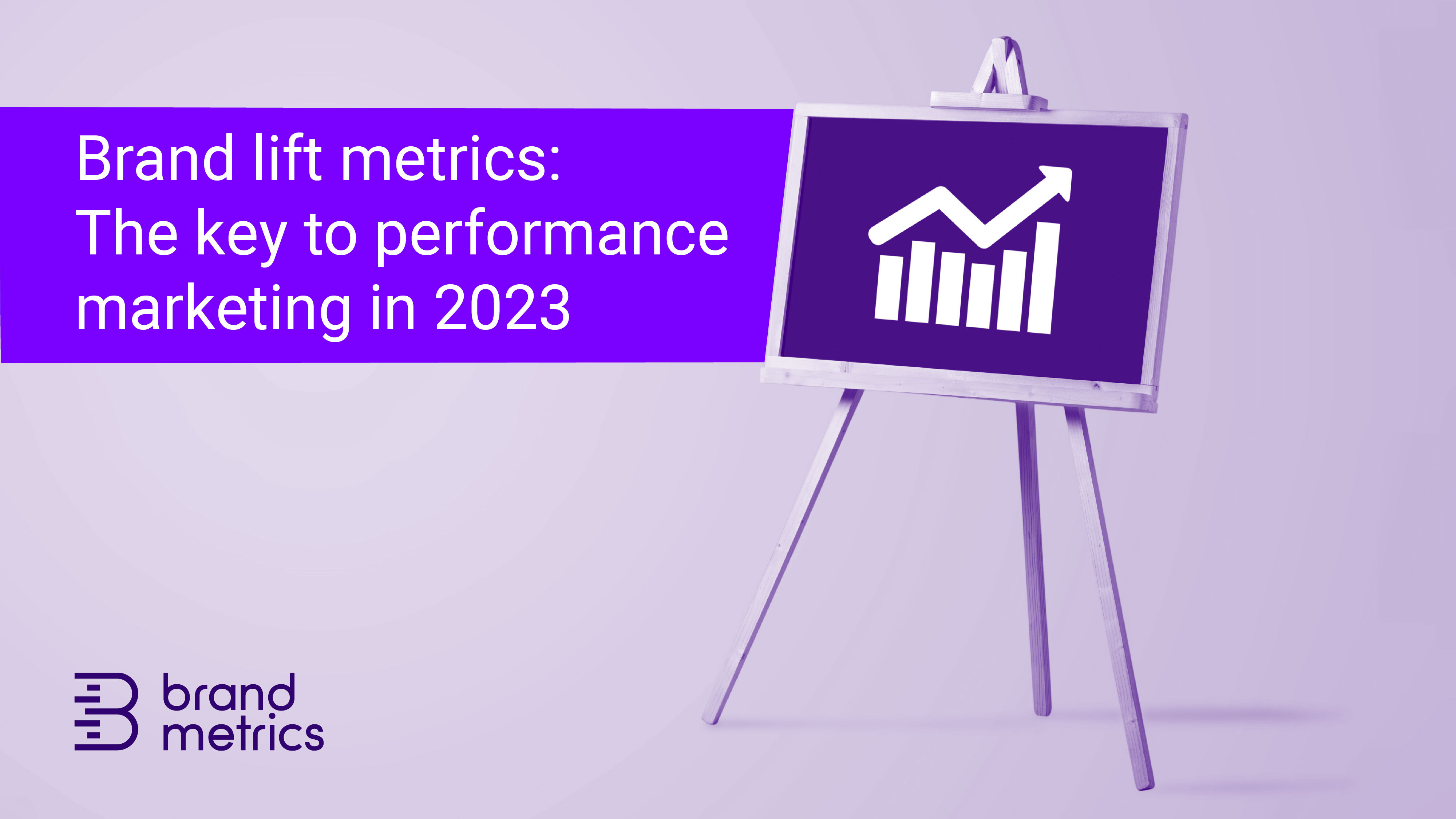Why proving campaign success is key to publisher success

While the concept around “If a tree falls in a forest and no one is around to hear it, does it make a sound?” is about perception and how much we know about the unobserved world, the idea has a parallel when it comes to campaign performance. It’s the idea that if a campaign is not measured, then did it really fail or succeed – or even exist at all – as there is no proof?
Without measurement, questions around campaign success or failure, or if it benefited the brand or not, are just hypothetical. Yes, a publisher’s sales team may have done the hard work in convincing an advertiser that its environment is perfect for its brand. However, a lack of relevant post-campaign measurement then puts them in a challenging position when justifying why it should continue to advertise with them. Instead, the team is forced to rely on the advertiser’s perspective as to if it was successful, rather than being able to proactively demonstrate success (or not, in some cases, but we’ll come to that later). This leaves the publisher at the whim of the advertiser, with little leverage to influence the decision.
This is why campaign metrics are critical for publishers. Or, to be more specific, why measuring and reporting on the right metrics is critical.
The truth is, publishers consistently struggle to prove they are delivering the outcomes brands need, especially when relying on traditional clicks, views, and delivery metrics to report success. Instead, advertisers crave the relevant, meaningful, real-world results that matter to them, like recall, brand awareness, and consideration.
Transforming the measurement transforms the relationship
But the good news for publishers is that new methodologies are now available that allow them to move away from the standard metrics to define performance and instead provide advertisers with brand-focused metrics that give tangible evidence of brand lift.
This alters the publisher’s relationships with the brand for the better, and immediately changes the perception of the sales team. Reporting on brand lift, providing insights on creative impact, and highlighting learnings that can be applied to future campaigns, elevates the sales team to strategic consultants. And in turn, they can help their advertisers generate more positive returns on their campaigns. By building up a bank of knowledge around what does and does not work, they can help their clients tweak their activities. And this data can further feed into the sales team’s media conversations, putting them in a better position to sell more advertising.
Learning from the negatives
But it’s not just the positive learnings that are important. While it would be fantastic if every campaign performed better than the previous, the reality is not every single one is successful. Indeed, up to 10% of branding campaigns fail to deliver brand uplift – something rarely mentioned in the industry.
An unsuccessful campaign could be due to multiple factors, from issues around frequency, reach, or creative impact to competitive activity. And as the very nature of advertising calls for constant testing, so advertisers never rest on their laurels, this ultimately implies not everything will work.
But, as in any walk of life, it’s how you take these learnings when things don’t work out and apply them constructively to improve future planning that’s important. And it’s always better to know something has not worked and take remedial action than continuing blindly to make the same mistake.
For publishers, the more data they gain on brand lift campaigns – whether successful or unsuccessful – the more they can understand what works on their sites and use this to advise their advertisers better. And while sharing bad news is never easy for salespeople, highlighting performance issues and proactively identifying solutions going forward is vital in building strong, trusting, long-term client relationships.
The more you measure, the more you’re successful
When it comes to brand lift measurement, it’s critical to do it often. The more campaigns a publisher can measure, the higher brand lift they can deliver for their advertisers. It’s only by making brand lift measurement central to how they do business with their advertisers that publishers can gain critical data at scale. And it’s this data that enables more informed discussions with brands around delivering better campaigns. The result? Well, those publishers committed to frequent measurement achieve results 16% above the average brand lift results.

As so often with metrics, it’s not about measuring things right, but measuring the right things. Giving advertisers the proof they crave around campaign performance provides them with the confidence to continue investing with a publisher. And for publishers, offering advertisers metrics on brand awareness, consideration, preference, and intent to buy can be transformative for their teams, client relations, and future revenues.











